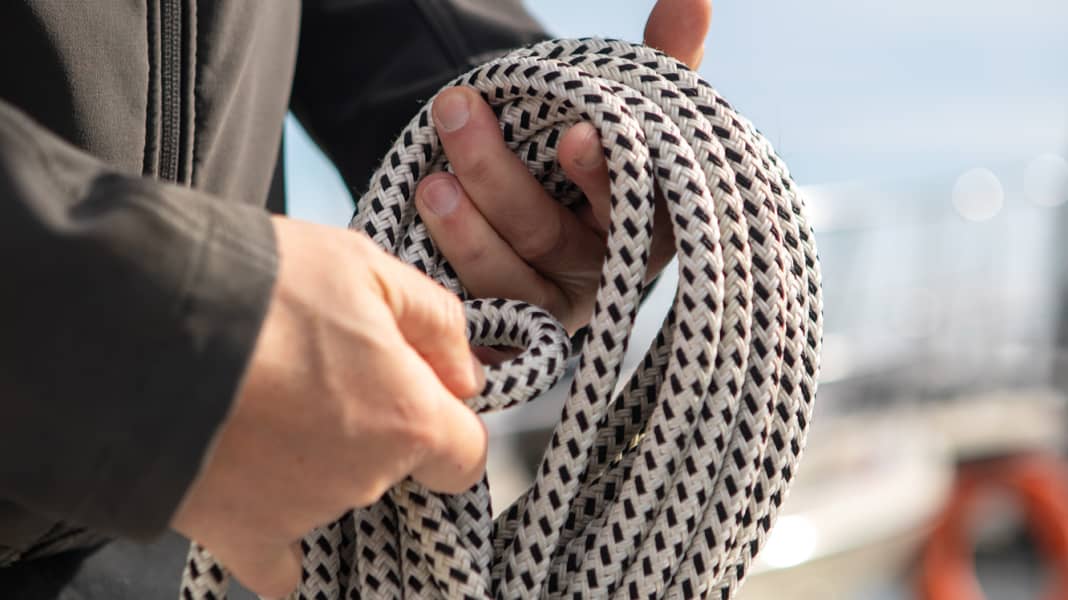
The routine handling of the various lines on board is part of basic seamanship and is primarily a safety aspect. A tangled line can be annoying and untangling it can be bothersome and time-consuming. However, if ropes are unclear in certain crucial situations, this can result in damage to material and people in the worst case - for example, if a gennaker halyard cannot be hoisted because endless kinks form in the line and block it in front of the lever clamp. Then you can tug all you like; meanwhile the shore moves inexorably closer.
Or during harbour manoeuvres, when a mooring line laid on a slip has to be hauled in. If it gets stuck on a ring or a cleat on the jetty because of a kink, the best manoeuvre is a waste of time.
The reason why this kink formation still happens today with modern ropes is probably - as in other areas of seamanship - because traditional knowledge is passed on that no longer necessarily fits in with changing circumstances. For example, everyone has probably learnt at some point that an upswept bundle of lines is only beautiful and correct if all the bays are evenly spaced out and lie next to each other. This is also true for laid ropes. If, on the other hand, modern braided ropes are shot in the same way, the rope turns in once with each bight and the dreaded kink formation is guaranteed.
Tips in advance: The scenario described with the gennaker halyard can be defused if the halyard is neatly untangled and thrown into the stern water. There it turns out and there is hardly any risk of kinking. However, do not haul in the halyard before recovering the gennaker, but haul it out of the water. And: always untangle the lines from the fixed part, i.e. from the fitting. This allows the ropes to untwist and knots can be undone more easily.
Shooting lines: the basics
The aim of stowing lines is to keep them ready for use. This means either stowing them away so that they can be deployed in a few simple steps. Or to prepare them directly before use so that they can be deployed smoothly.
The problems with handling lines are always the same. Either the bundle of lines is a so-called tangle, a tangled ball, in the worst case even with knots, where there would be no chance of pulling it through a fitting, throwing it or using it sensibly at all. Or the line may look neat and tidy, but mistakes have been made, which can lead to kinks forming. The correct technique also depends on the type of cordage.
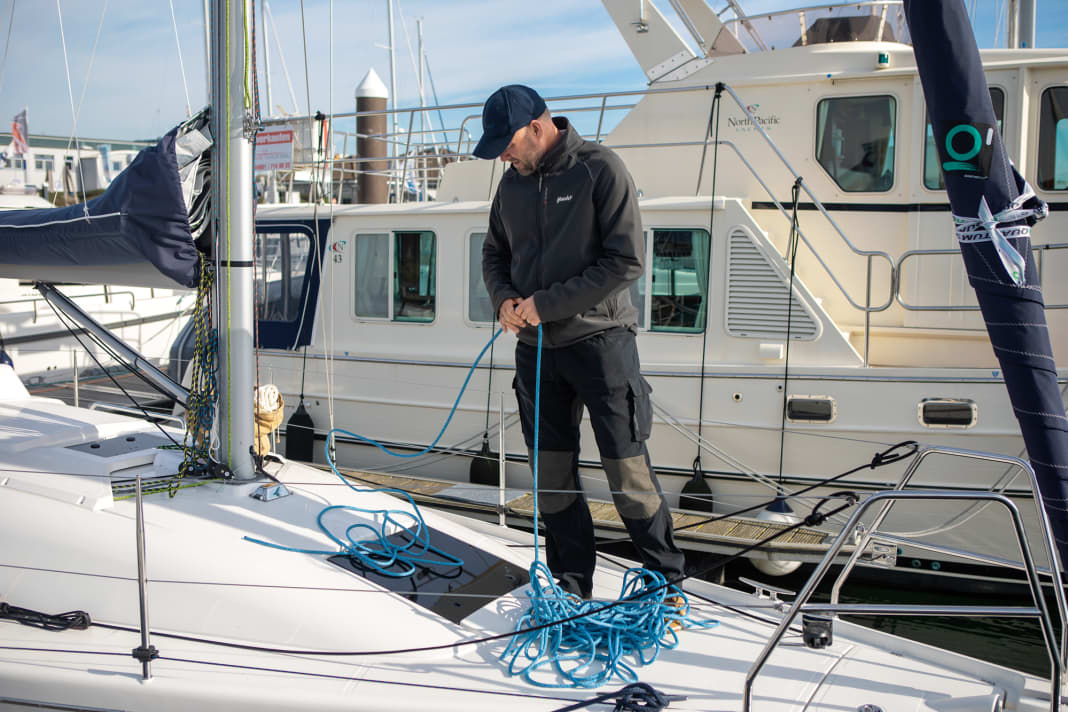




Avoid sinking
Always shoot up from the fixed to the loose part. This gives the cordage a chance to untwist, which reduces the risk of kinking.
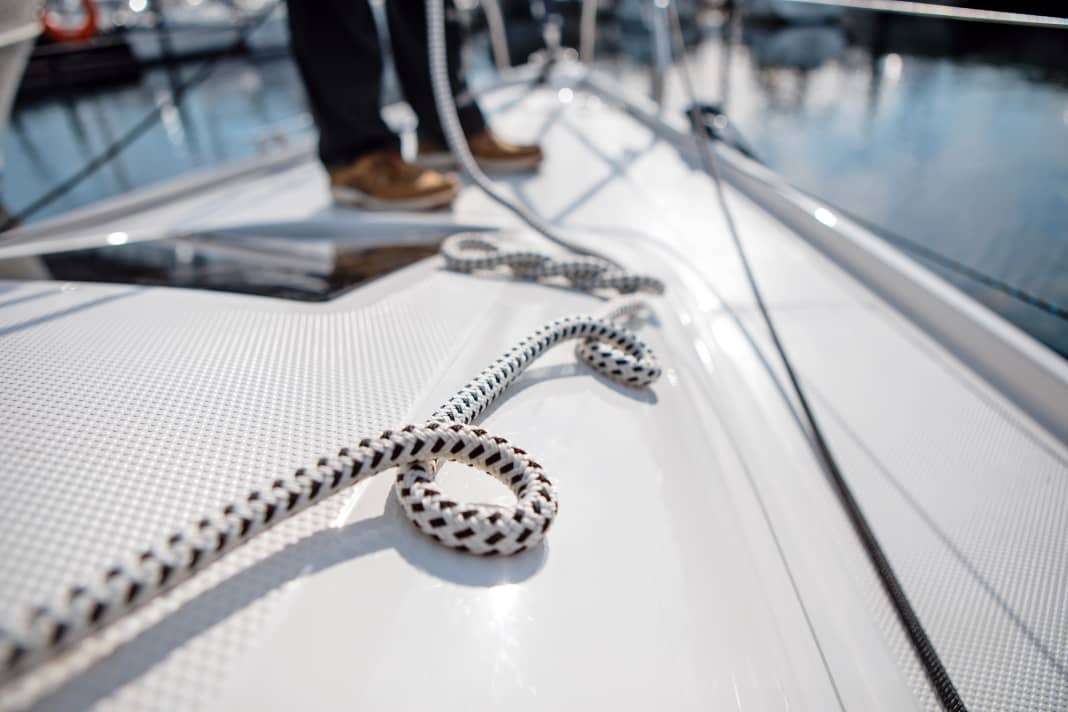



Shoot up the beaten cordage
The twisted cordage is twisted in one direction. This rotation can be counteracted when shooting up.
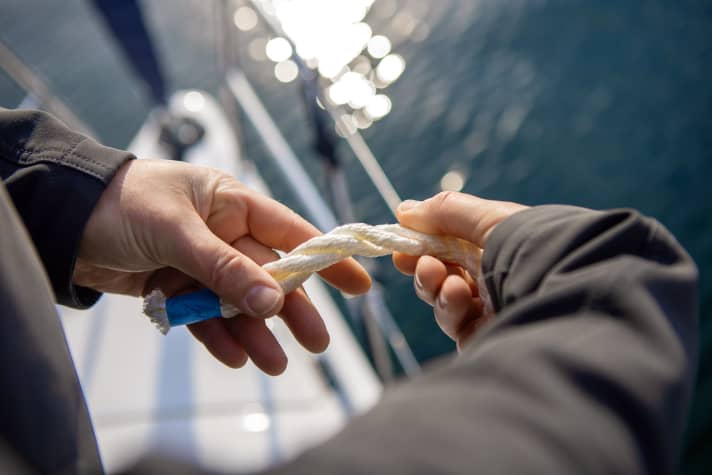
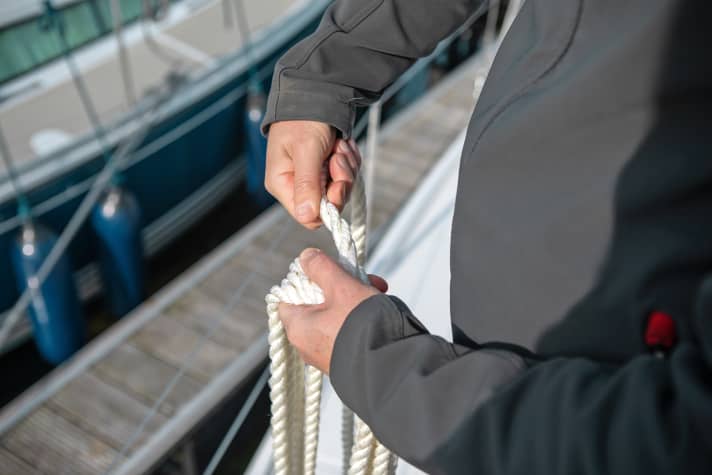
Shooting up braided cordage: the alternating lay
This method guarantees a notch-free ruffle and also creates a beautiful waistband with even bays. However, it does require some practice. The cordage is twisted alternately.
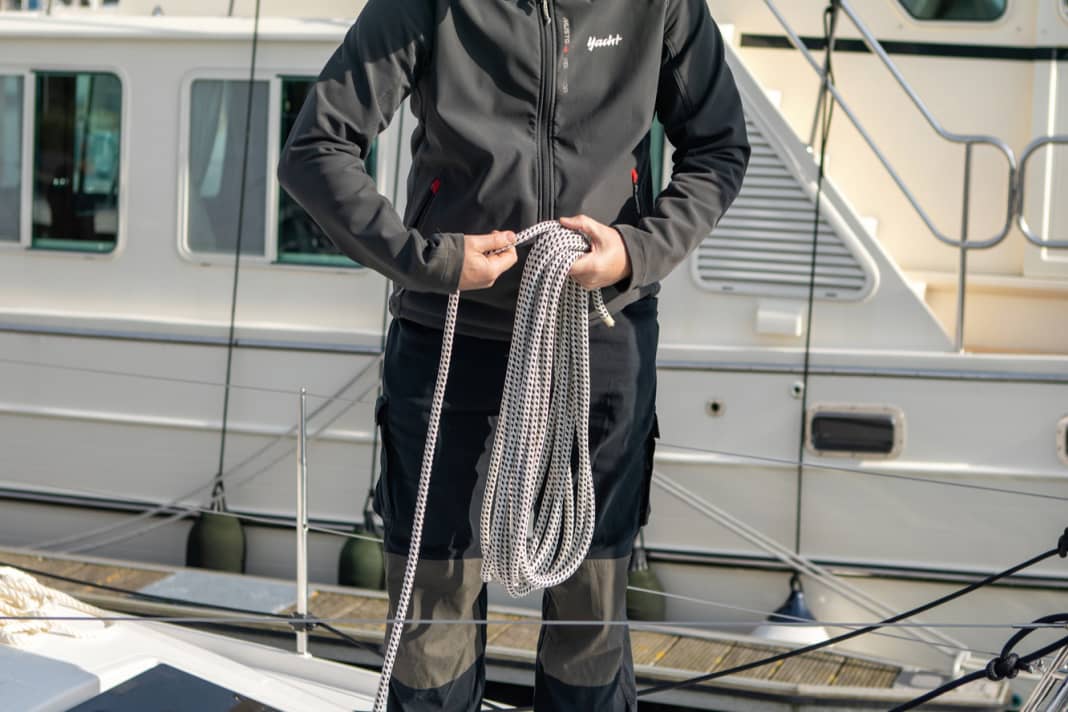



Shoot in eights
A good alternative to the method shown above for braided ropes is to lay figure eights alternately. Although it usually doesn't produce such a nice bunch, as the lengths of the bays are more difficult to hit exactly, the method is very easy to learn.
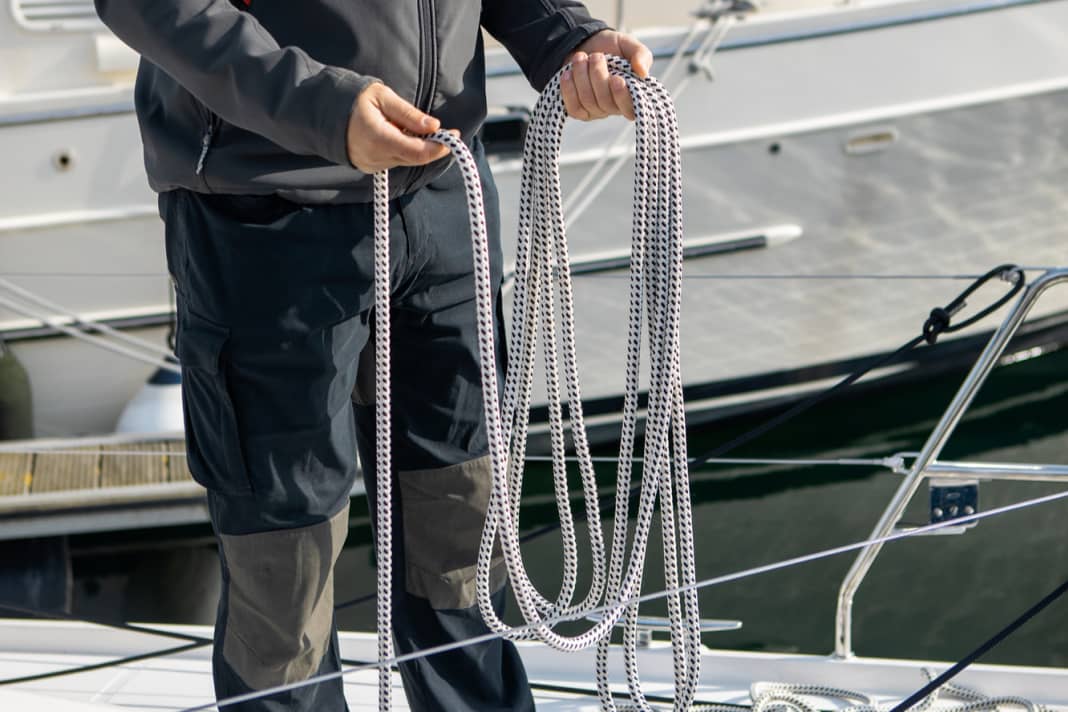



Lay eights on deck
With very long lines, shooting by hand no longer works, the bunch becomes too big to grip and too heavy. Incidentally, Boris Herrmann also uses the method shown here for his 60-metre large halyard, 30 metres of which must be ready after setting.
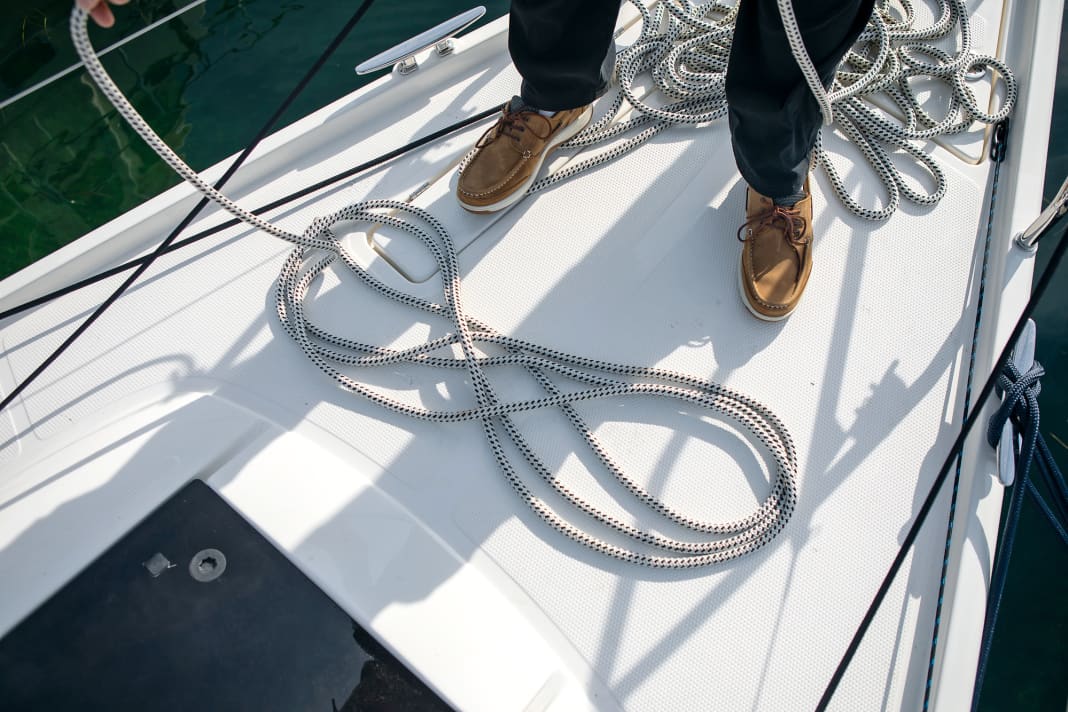



Use the winch for shooting
For very long lines or if the bays are to have an accurate length, a winch is a very good helper. When seated, your own foot can also serve as a second "post".
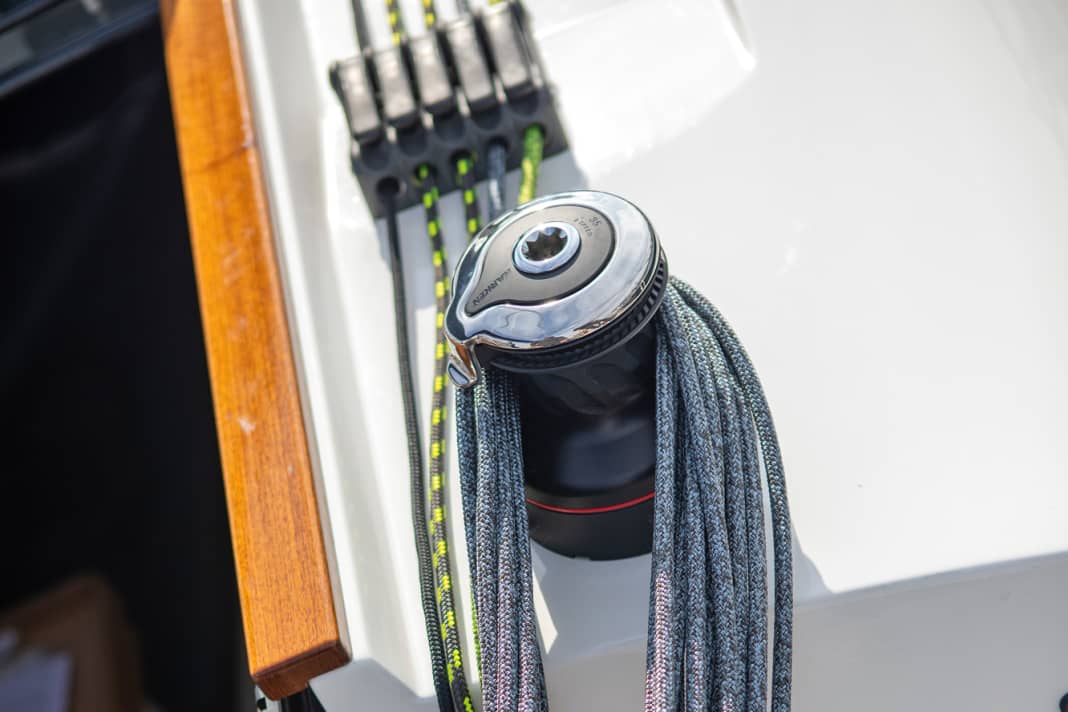



Stuffing ropes instead of shooting them
A completely different philosophy comes from the regatta sector: stuffing away ropes. Below are three possibilities. The basic principle in each case is that, starting with the loose part, the ropes are simply stuffed on top of each other. If the line is then to be unravelled, it comes out of the container in the same way as it was stowed, from the fixed to the loose part.
Stowing is often quicker than shooting, but above all the cordage is ready for use at any time. There is no need to loosen a bunch first, and there is hardly any risk of kinking. On the other hand, this method does not produce a nice bunch.
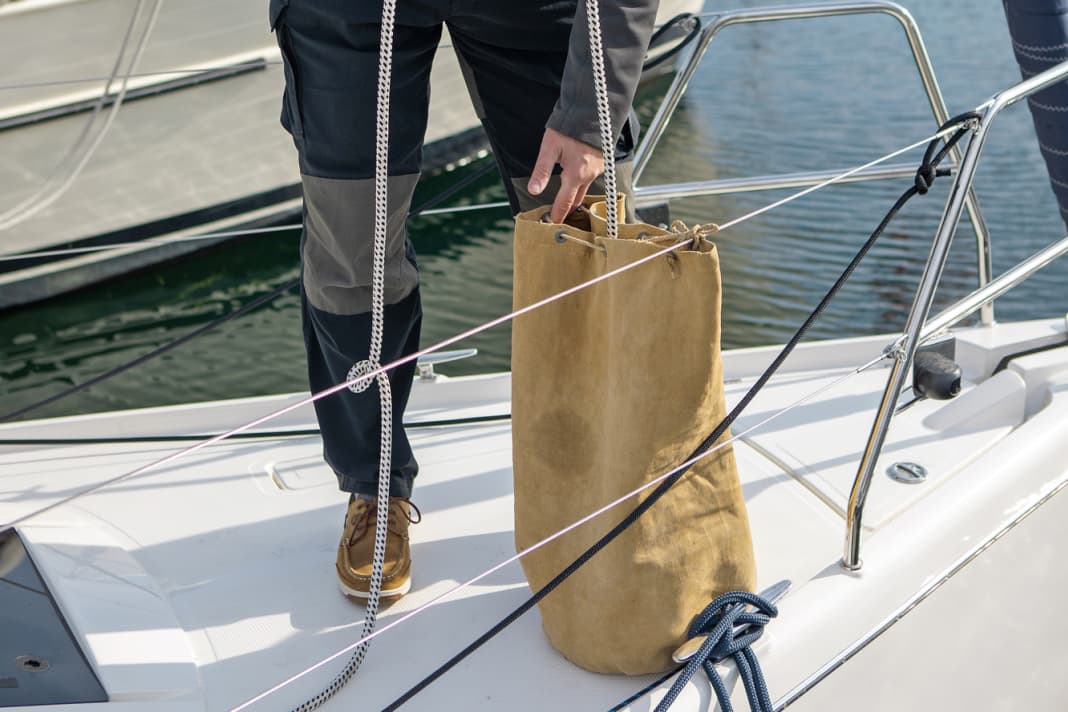



The opposite of fast tamping, as shown above, is the shooting and subsequent securing of the shot collar. There are also a variety of methods for this with their respective advantages and disadvantages. We show these in a separate article.

